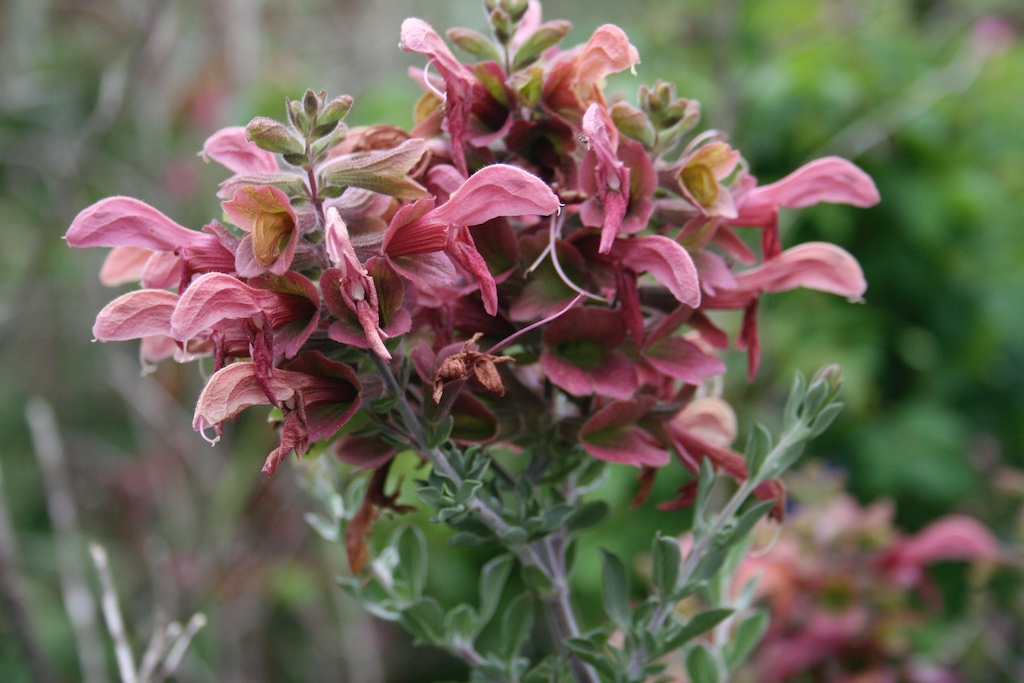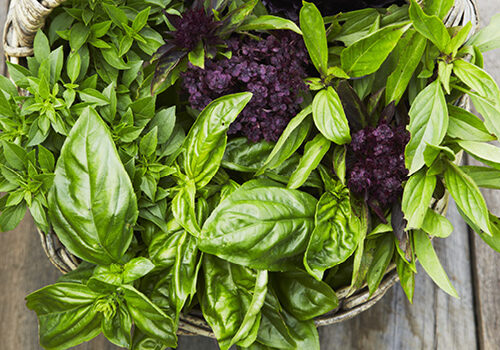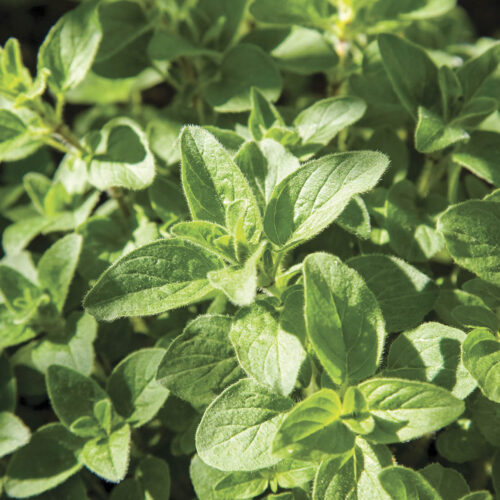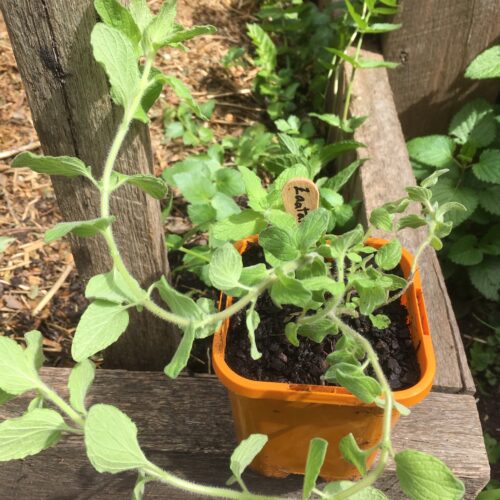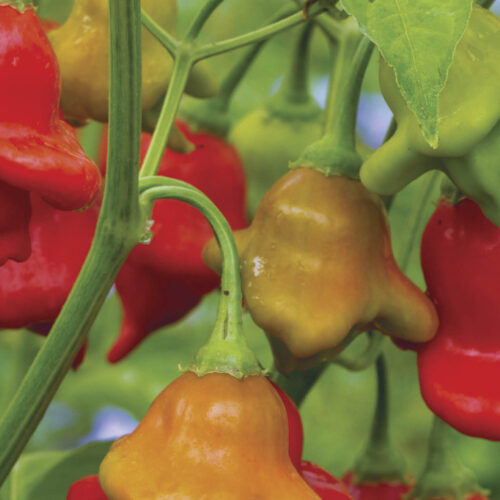Edible and useful salvias
2017-07-26T03:38:04+10:00
Volatile oils in the leaves give salvias their scent and flavour explains Penny Woodward.
Salvias are found in many different countries and often have strongly scented leaves, so it is inevitable that they would be used in many different cultures. The chemically complex volatile oils found in glands in the leaves are the source of their scent and flavour.
The best known and most commonly used is Salvia officinalis, more usually called common sage. This sage is the source of leaves for sage stuffings; it is also used with cheese, and as part of a bouquet garni to flavour stews, soups and casseroles. The salvias leaves are strongly antiseptic and are used medicinally as a tonic for sore throats, to ward off colds and reduce sweating. Sage is high in anti-oxidants and recent research suggests that it might even slow aging and improve memory. Two particularly nice cultivars are ‘Purpurascens’, which has broad, plum-coloured leaves, and ‘Icterina’, which has green leaves with gold margins. Both can be used in the same way as common sage.
Other edible and useful sages include:
White sage or bee sage (S. apiana). This is a Californian native with grey-white leaves and lavender flowers, the latter are very attractive to bees because they provide abundant nectar. Indigenous Americans used this plant in ceremonies and drank tea made from the leaves to treat congestion and colds. The salvias leaves are also used as a deodorant.
Chia (S. columbariae). Another Californian native, this annual sage forms small clumps of grey-green leaves with amethyst-blue flowers. The seeds of this sage are highly nutritious. It was sown as a crop by Indigenous Americans and formed an important component of their diet. The seeds also have thirst-quenching properties and are eaten by birds and small mammals.
Fruit-scented sage (S. dorisiana) comes from Central America and has large, fragrant, soft-green leaves and magenta-pink flowers both of which can be eaten, and the leaves are made into a tea.
Pineapple sage (S. elegans) has bright red flowers, and both the leaves and flowers can be eaten for their strong pineapple flavour.
Greek sage (S. fruticosa) leaves are used in the same way as common sage and made into tea in Cyprus.
Grapefruit sage (S. gesneriiflora) flowers are full of nectar with a beautiful sweet flavour so can be eaten straight from the plant.
Mexican chia (S. hispanica) grows to 1m with purple flowers. It is an annual and its seeds are used in ways similar to S. columbariae. It has been cultivated for more than 5000 years and was originally grown by the Aztecs. It is now being grown as a commercial crop in North Western Australia.
The leaves of this tough South Africa sage (S. lanceolata) have a lemon-pepper flavour and are used to flavour fish.
Both leaves and seeds of grape-scented sage (S. melissodora) have been used medicinally by the Mexican Tarahumara Indians and the grape-flavoured flowers are edible.
S. microphylla is called myrtle of the mountains in its native Mexico, but it is also known as blackcurrant sage. It is drunk as a refreshing tea with a blackcurrant flavour.
S. miltiorrhiza comes from China and is often called red sage because of its red roots. It has been used medicinally for more than 2000 years.

